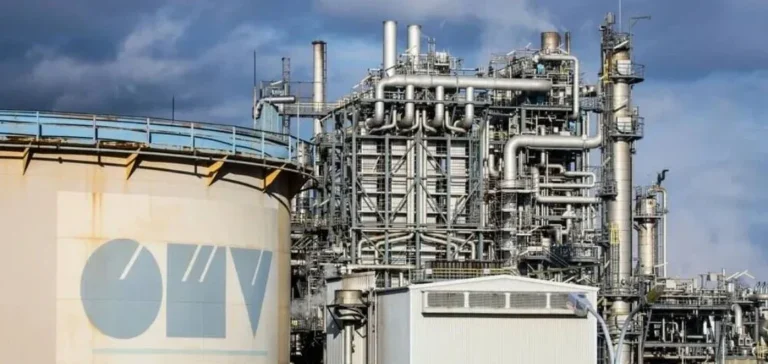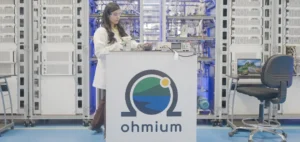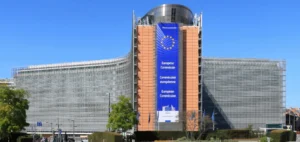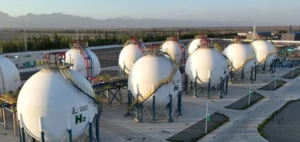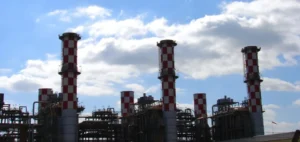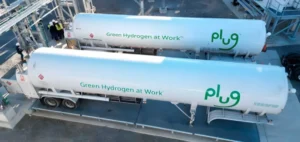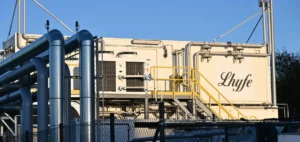Austrian energy group OMV has broken ground on a 140 megawatt electrolysis facility in Bruck an der Leitha. The plant, scheduled to start operations by the end of 2027, will become the largest of its kind in Austria and in South-Eastern Europe, and one of the five largest in Europe overall.
A strategic industrial investment
The project represents an investment of several hundred million euros, although no specific amount has been disclosed. The plant will produce up to 23,000 tonnes of green hydrogen per year using renewable energy sources—wind, solar, and hydropower. This output will mainly replace the grey hydrogen currently used in refining processes at the Schwechat site, which will be connected via a 22-kilometre pipeline.
OMV estimates that integrating this new supply source could reduce its annual carbon dioxide emissions by around 150,000 tonnes, representing nearly 10% of the refinery’s current direct emissions. Construction has already received the required operating and building permits.
Technical framework and partnerships
The project is being executed by a consortium led by Siemens Energy, responsible for engineering, the supply of key components, and overall technical integration. STRABAG will manage civil engineering and the construction of industrial buildings. The contract signed with OMV follows an EPC (Engineering, Procurement, Construction) model, allowing full project oversight from design to delivery.
Core equipment includes electrolysers, transformers, rectifiers, and compressors, used to split water into hydrogen and oxygen. The plant will rely exclusively on renewable energy, ensuring production with no fossil fuel input.
Public support and timeline
The project received a positive funding assessment from the European Hydrogen Bank. Discussions are ongoing with Austria Wirtschaftsservice GmbH (aws), acting as the national coordinator for the funding programme. The grant agreement is expected to be signed by the end of 2025.
This new infrastructure complements OMV’s existing 10 MW pilot facility in Austria. With this scale-up, the company strengthens its position in the industrial green hydrogen segment, targeting a gradual substitution of its current gas-based supply chain.


